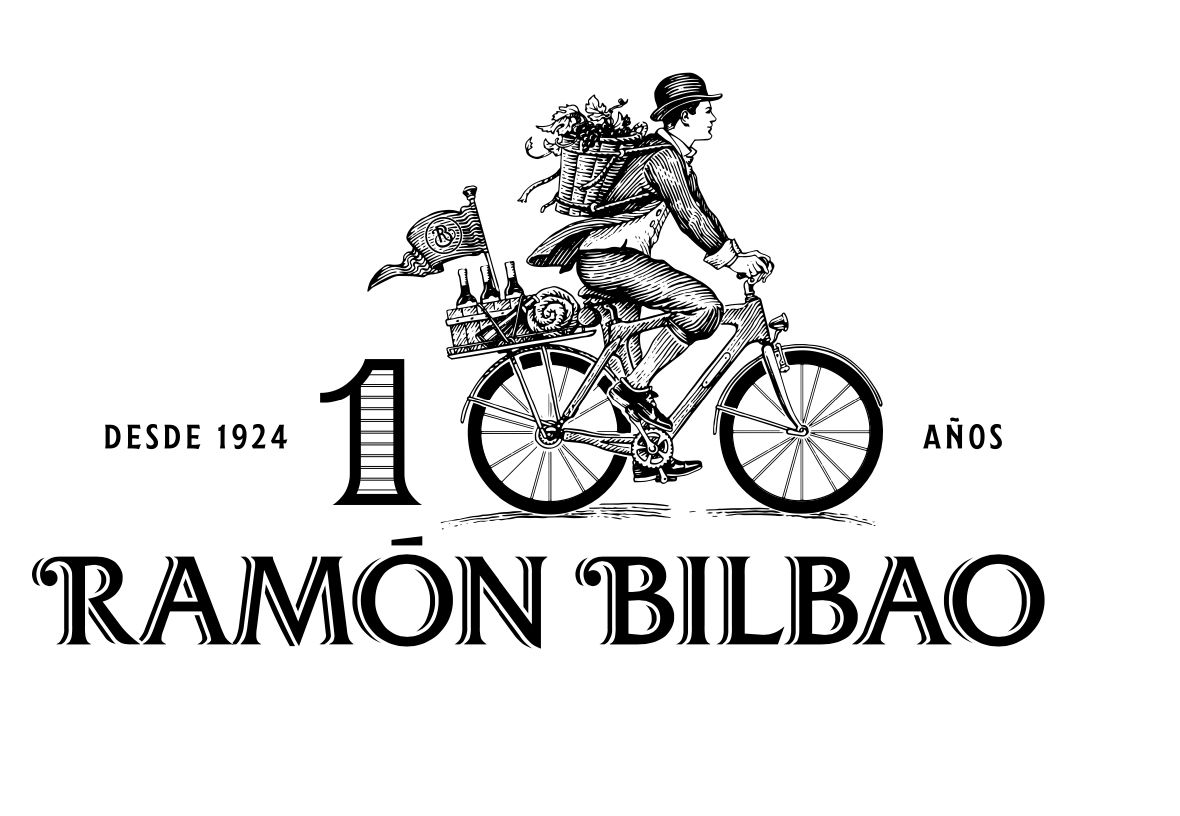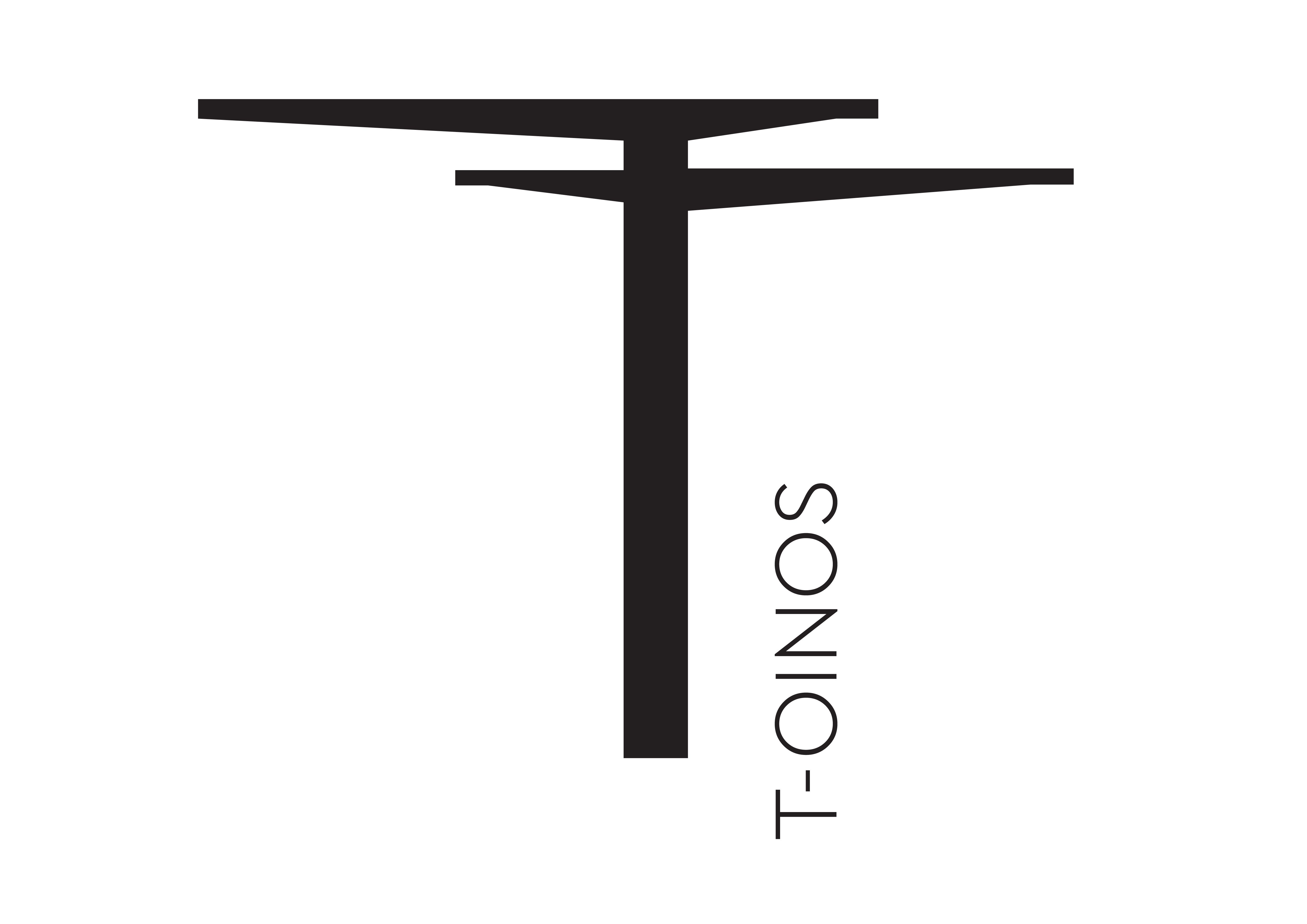In a year of lockdown and confinement it’s good to get out into a vineyard and eat al fresco in a region that has been spared the worst of Covid – the Languedoc Roussillon has had relatively few cases or deaths.
“It would be good for the Roussillon to come out from the shadow of the Languedoc,” says Justin Howard-Sneyd MW, as he chews thoughtfully on a large bunch of Carignan in the late September sunshine. “Don’t get me wrong I love the Languedoc, I am a Decanter panel chair for the Languedoc-Roussillon but the Roussillon is always seen as the minor partner of the two.”
We are standing in La Roque, a one hectare vineyard of 80 year-old bush vine Carignan just outside Maury, owned by Howard-Sneyd, two days before harvest. The fruit looks full to bursting and tastes of the sun’s power that has made this an exceptionally dry and hot year. There is the odd Carignan Blanc plant here and there as well as Muscat, which were planted ‘back in the day’ for fruit pickers to use for lunch.

Justin Howard-Sneyd and Otto, La Roque, September 2020
“The Roussillon is hotter and drier generally than the Languedoc and the wines more full bodied. They come with a guarantee of sunshine. But the Roussillon is very different in many ways, it’s culturally very different, this was once ruled by the Crown of Aragon, it was North Catalonia,” Howard-Sneyd says.
The post at the end of the row of goblet vines does not say property of Domaine of the Bee, however, the wine label that Howard-Sneyd set up after an October half term holiday in 2003 when he and his wife Amanda fell in love with the region and its wines. The post reads ‘Lafage’, referring to the Perpignan-based winery, owned by Jean-Marc Lafage for whom Justin worked with in South Africa during a three year stint as a wandering winemaker, and with whom he established a firm friendship.
The relationship is key to how Domaine of the Bee is operated, which is both novel and allows Howard-Sneyd time to carry on as a wine consultant and entrepreneur for a variety of enterprises for which he works such as The BIB Wine Company.

One of the many spectacular old vine Carignan vines at La Roque
“In order to avoid all of the bureaucracy that goes into running a French-based farming business we have an arrangement with Jean-Marc, whereby he legally takes the vineyards ‘en fermage’, and sells us back the finished wine, even though all along it is us taking all of the major farming, picking and winemaking decisions,” says Howard-Sneyd, adding that it is he and wife Amanda who own the four hectares of vines, of which La Roque is one.
The wine is then made at Lafage’s Maury-based property Château Saint-Roch, bottled in France and then sold through Domaine of the Bee’s online wine club, in bag-in-box through BIB, and to the on-trade through Berkmann.
The relationship with Lafage extends to the additional regular supply of fruit for two of the seven Domaine’s wines, a rosé and a white – Bee Pink and Field of the Bee – and occasional fruit, for example, for the 2018 Bee-Side.
Taronja de Gris (Catalan for ‘orange’) is a new joint venture between the two of them, which is an orange wine made (in 2017) from Grenache Gris (75%) and Grenache Blanc that Howard-Sneyd prefers to call “a red wine made with pink grapes,” hence the label design which is a psychedelic swirl of pink and orange that looks like it can’t make up its own mind what it wants to be… that, or the artist drank the contents before getting out the brushes! (NB the blend has changed with this wine in the ’18 and ’19 vintages)

Taronja de Gris
We taste the Taronja 2017 over a lunch of pigs cheeks and chips in Café de la Placette in Maury’s Place de la Révolution that turns into this tiny wine town’s hub of activity during harvest – a motley crew of pickers and travellers already settling down for the afternoon, fruit-laden tractors rattling down the town’s only, central highway.
The wine is fresh, spicy, with a tannic grip and texture and a lasting bitter twist on the finish. I liked it a lot although getting hold of some may prove difficult as output is small and demand strong.
Of the other wines the Domaine’s second wine, Bee-Side Grenache 2018, was surprisingly light on its feet and perfect for quaffing with food. The wine was originally devised as a cute way of coping with a 2014 harvest that yielded fruit that couldn’t make it into the eponymous top cuvée, with a smart label designed (as Taronja is) by Neil Tully of Amphora Design.
Good too to taste the Domaine of the Bee Carignan (100%) so close to La Roque, the single vineyard that supplies it, the dark, broody, bramble fruit pairing well with the pigs cheeks.
In a year of lockdown and confinement it’s good to get out into a vineyard and eat al fresco in a region that has been spared the worst of Covid – the Languedoc Roussillon has had relatively few cases or deaths. As for Domaine of the Bee, things continue to do well, with its wines picking up good notices and considerable ‘column inches’ for a boutique label that releases just 12,000 bottles a year.
“We’ve actually had a very good year,” Howard-Sneyd says over espresso, although in March when he couldn’t get his white or rosé bottled in France this “existential problem” was only overcome by importing in bulk under the auspices of BIB Wine. “So from the point of being told that the bottling plant was shut, to having the wine bottled in the UK was just four weeks,” he says.

Impromptu punchdown at Château Saint-Roch
Of the total wine Domaine of the Bee exports, 80-85% comes into the UK, with three-quarters of that accounted for by the Wine Club; 15% goes to other markets such as Hong Kong, the US and Canada. Although, as with all things to do with the Domaine it all seems pretty fluid – the cepage often informed by what’s available, or what works, whether that be percentages of whole bunch used or ageing formats.
One can’t help but be swept up by his enthusiasm as he plunges his arm into an open-top barrel of Grenache, just starting to ferment in Château Saint-Roch, or as he tears off the wrapper of a new barrel that has, for the first time, got his logo printed on it –“Look, you’ll be the first person to see this!” For a Master of Wine, who has lived and breathed the stuff all his life, he is clearly having the time of his life.









































